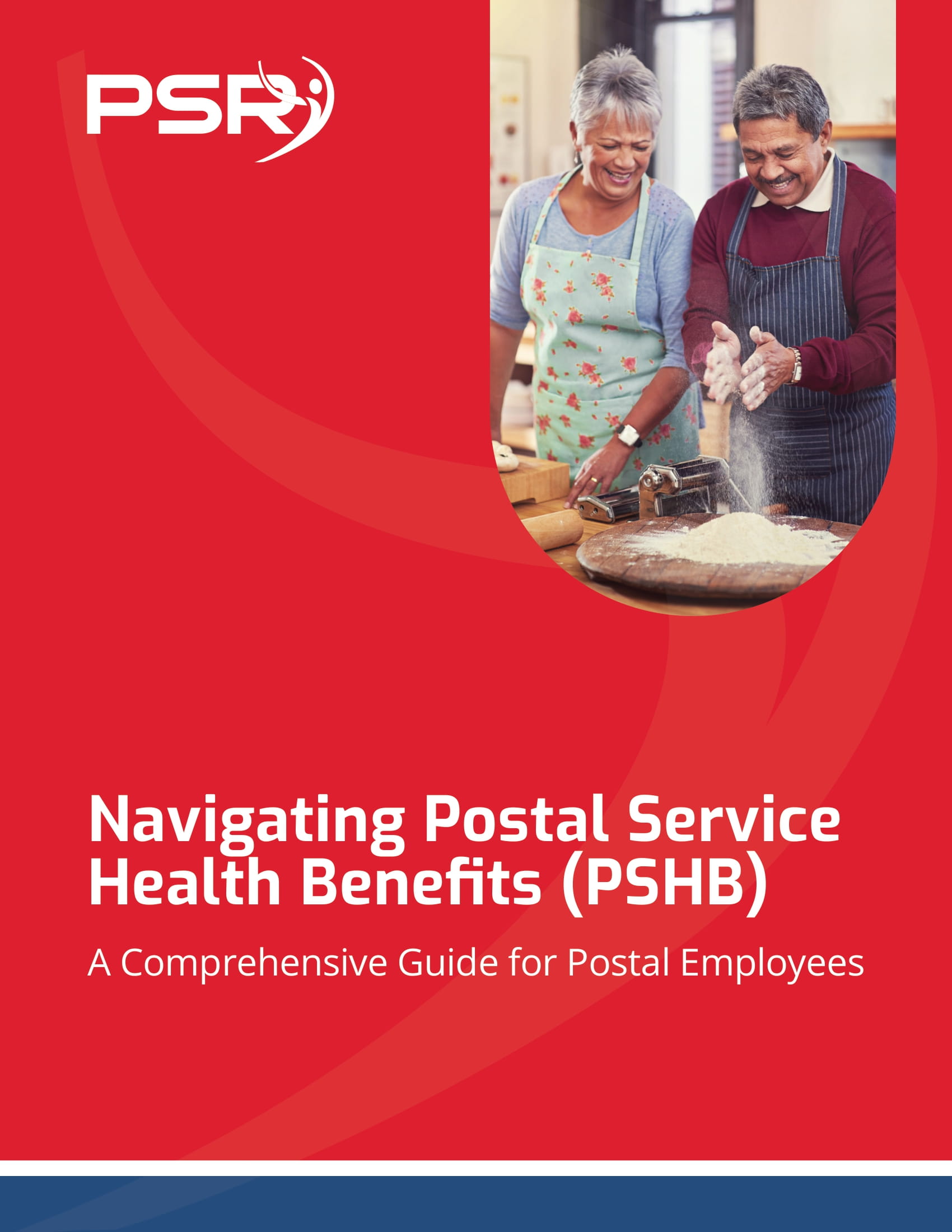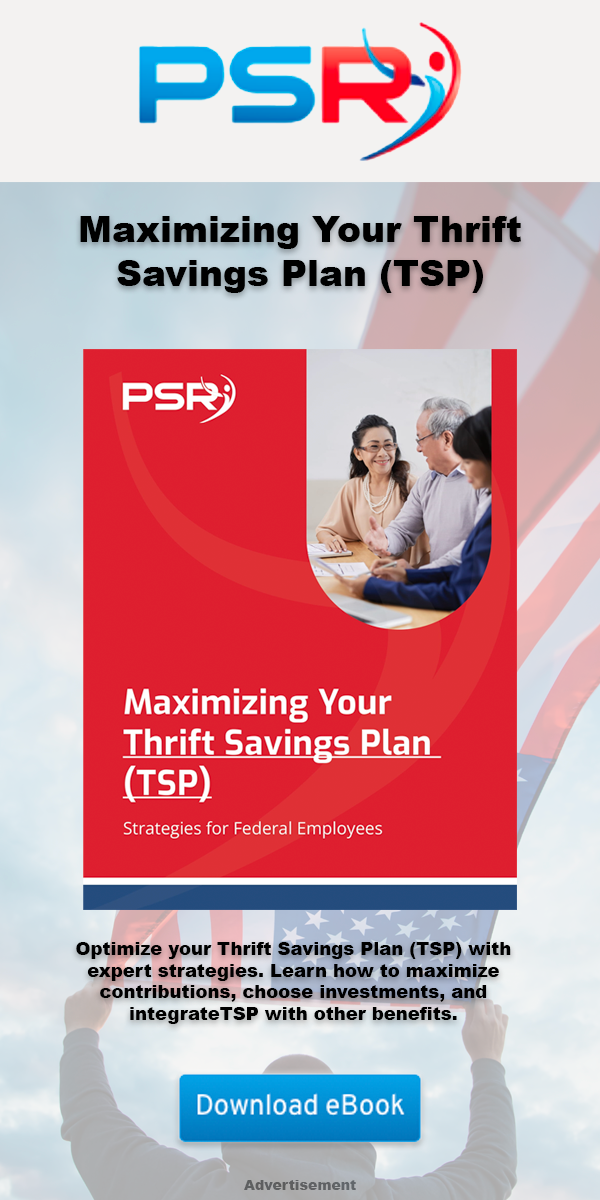Key Takeaways:
-
Social Security can complement your federal retirement benefits if you plan wisely and maximize its potential.
-
Understanding key strategies can significantly boost your financial security during retirement.
Balancing Federal Benefits with Social Security
As a federal retiree, you already have a leg up with comprehensive benefits through FERS or CSRS. But adding Social Security to your retirement income requires careful planning to make the most of your benefits. Whether you’re retiring soon or have already left federal service, understanding how Social Security integrates with your federal retirement benefits can make a substantial difference in your financial stability.
Timing Is Everything: When Should You Claim Social Security?
- Also Read: The Catch-Up Contribution Rules Just Got Adjusted—And They May Favor Some Age Groups More Than Others
- Also Read: How Federal Employees Are Adapting to New Early Retirement Incentives Across Agencies
- Also Read: Retiring on Disability Under FERS? Here’s How to Keep Your Health Coverage
-
Early Retirement: You can begin claiming benefits at age 62, but doing so reduces your monthly check permanently. For each year you claim before your full retirement age (FRA), your benefits are reduced by about 5-6% annually.
-
Full Retirement Age (FRA): For most retirees in 2025, FRA is 67. At this age, you’ll receive 100% of your entitled benefits.
-
Delayed Benefits: If you wait until age 70, your benefits grow by 8% annually after FRA, significantly increasing your monthly income.
Strategy: Optimize Based on Your Federal Retirement
Federal retirees often supplement Social Security with income from their federal annuities and the Thrift Savings Plan (TSP). Waiting to claim Social Security until at least your FRA, or even delaying to age 70, can help you maximize total lifetime benefits, especially if you have other income sources to rely on during the interim.
Understanding the Windfall Elimination Provision (WEP)
If you’re under CSRS or worked for an employer that didn’t withhold Social Security taxes, the Windfall Elimination Provision (WEP) might reduce your Social Security benefits. Here’s what you need to know:
-
Impact of WEP: WEP adjusts the Social Security benefit formula for those receiving a pension from non-covered employment. For 2025, the maximum WEP reduction is $558 per month.
-
Avoiding Full WEP Impact: You can lessen the effect of WEP by working in Social Security-covered employment for at least 30 years. With fewer years, partial reductions apply.
Strategy: Calculate and Plan for WEP
Use the Social Security Administration’s WEP calculator to estimate how your benefits will be affected. This allows you to create a strategy that balances your pension and Social Security income effectively. If you’re nearing 30 years of covered work, it may be worth extending your time in the workforce.
Coordinating Benefits with Your Spouse
Spousal benefits can play a significant role in optimizing your Social Security income. Federal retirees married to spouses eligible for Social Security should explore coordination strategies:
-
Spousal Benefits: You can claim up to 50% of your spouse’s FRA benefits if it’s higher than your own.
-
Survivor Benefits: If your spouse passes away, you may be entitled to their full benefit amount as a survivor benefit.
-
Dual Income Couples: If both you and your spouse qualify for Social Security, delaying the higher earner’s benefits until age 70 can maximize survivor benefits.
Strategy: Synchronize Claiming Ages
Carefully coordinate when each spouse claims Social Security. For example, one spouse may claim early to provide immediate income while the other delays to maximize benefits. Such planning ensures you get the best financial outcome as a couple.
The Role of the Thrift Savings Plan (TSP) and Social Security
Your TSP plays a vital role in supporting your income during retirement. However, combining it effectively with Social Security takes planning:
-
Minimizing Tax Impact: Withdrawals from your TSP are taxable, which can affect how much of your Social Security benefits are taxed. Up to 85% of Social Security benefits can be taxable if your combined income exceeds $44,000 for couples or $34,000 for individuals.
-
Roth TSP Withdrawals: If you’ve contributed to a Roth TSP, these withdrawals are tax-free, helping reduce your taxable income and preserving your Social Security benefits.
-
Sequencing Withdrawals: Consider drawing from taxable accounts like your TSP before claiming Social Security to maximize lifetime income.
Strategy: Align Withdrawals with Social Security
Plan your TSP withdrawals to complement Social Security. For example, use your TSP to bridge income gaps if you delay claiming Social Security to age 70. By doing so, you can increase your lifetime Social Security benefits while managing tax liabilities.
Preparing for Healthcare Costs in Retirement
Federal retirees often coordinate their Federal Employees Health Benefits (FEHB) with Medicare for comprehensive coverage. Social Security plays a key role in managing healthcare costs:
-
Medicare Premiums: Social Security benefits often cover Medicare Part B premiums, which are $185 per month in 2025 for most enrollees.
-
IRMAA: Higher-income retirees may pay more for Medicare due to the Income-Related Monthly Adjustment Amount (IRMAA). Managing your taxable income through careful withdrawals can help avoid higher premiums.
-
Prescription Drug Costs: With the new $2,000 out-of-pocket cap under Medicare Part D in 2025, coordinating these costs with Social Security can ease financial stress.
Strategy: Budget for Medical Expenses
Use Social Security income strategically to cover Medicare premiums and out-of-pocket healthcare costs. Consider enrolling in a Medicare coordination program to reduce overall expenses while leveraging Social Security benefits effectively.
Social Security’s Role in Long-Term Financial Security
Retirement isn’t just about covering daily expenses; it’s about ensuring you have enough for the long haul. Social Security’s inflation adjustments, known as Cost-of-Living Adjustments (COLAs), provide an essential buffer against rising costs:
-
COLA Adjustments: Social Security benefits adjust annually based on inflation. For 2025, the COLA is 3.2%, ensuring your income keeps pace with living costs.
-
Longevity Planning: With life expectancy increasing, Social Security serves as a reliable source of income even if your other retirement savings dwindle.
Strategy: Think Long-Term
Factor Social Security into your long-term financial plans. Even small adjustments, like delaying benefits or coordinating spousal benefits, can add up to significant financial security over decades.
Federal Retirees: Make Social Security Work for You
Integrating Social Security with your federal retirement benefits requires a thoughtful approach, but the payoff is worth it. By timing your claims strategically, planning for WEP, coordinating with your spouse, and aligning your TSP withdrawals, you can maximize your financial stability. Take the time to explore these strategies, and you’ll be well-equipped to enjoy a comfortable and secure retirement.













